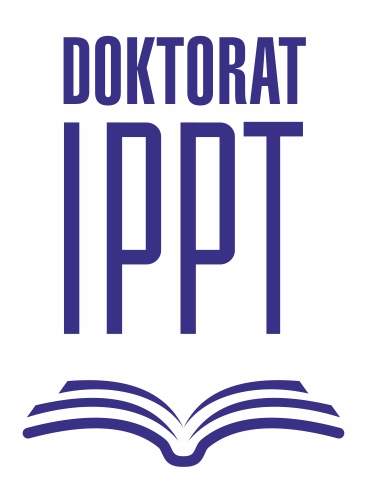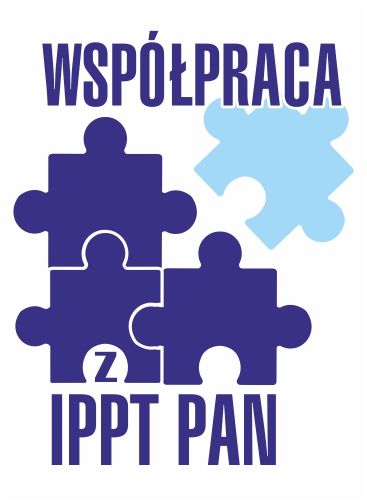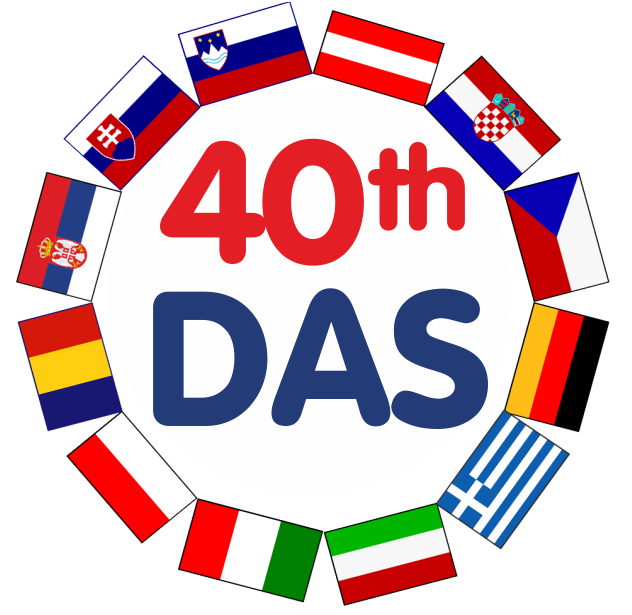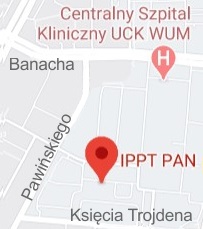| 1. |
Ropón-Palacios G.♦, Pérez-Silva J.♦, Gervacio-Villarreal E.♦, Sancho C.♦, Olivos-Ramirez G., Chenet-Zuta M.♦, Tapayuri-Rengifo K.♦, Cárdenas-Cárdenas R.♦, Navarro d.♦, Sosa-Amay F.♦, De l.♦, Moussa N.♦, Casillas-Muñoz F.♦, Camps I.♦, Structural basis of the tarocystatin inhibitory mechanism against papain,
International Journal of Biological Macromolecules, ISSN: 0141-8130, DOI: 10.1016/j.ijbiomac.2025.142647, Vol.308, pp.142647-1-9, 2025 Streszczenie:
Plant pathogens pose a severe threat to global food security by compromising the availability, quality, and safety of crops for human and animal consumption. Given the urgent need for alternatives to chemical pesticides, natural inhibitors of phytopathogenic proteases represent promising biopesticides. Tarocystatin has been characterized in Colocasia esculenta as a defense protein against phytopathogenic nematodes and fungi. Despite its biotechnological potential, few studies describe its mechanical, structural, and energetic properties. In this study, we characterized the inhibitory mechanism of tarocystatin against papain using a computational biophysics approach. Through extensive molecular dynamics (MD) and steered molecular dynamics (SMD) simulations, we explored the dynamic, energetic, structural, and mechanical basis of tarocystatin and its specific binding to papain. Our results suggest that the stability of the complex is characterized by a lack of conformational rearrangements, showing invariability in its secondary structure across all MD replicas. Additionally, electrostatic analysis revealed a high complementarity of the tarocystatin-papain complex, which was later corroborated by the hydrogen-bond network established at the complex interface, explaining its strong inhibitory capacity. Moreover, we determined that the substrate-competitive inhibitory mechanism is due to the binding ability of conserved motifs in tarocystatin, which efficiently interact with the catalytic active site of papain. This was also confirmed through SMD, where we observed that the N-terminal region acts as a spring to prevent the dissociation of the complex under external pulling forces. Overall, our study is the first to provide a comprehensive exploration of the biophysical properties of the tarocystatin-papain complex, offering insights into the tarocystatin's inhibition mechanism. These results lay the foundation for future development of tarocystatin-based antifungal alternatives, as well as for exploring its inhibitory activity in other pathogens or enhancing its efficacy through molecular engineering. Słowa kluczowe:
Tarocystatin, Papain, Inhibition mechanism, Molecular dynamics, Computational biophysics Afiliacje autorów:
| Ropón-Palacios G. | - | inna afiliacja | | Pérez-Silva J. | - | inna afiliacja | | Gervacio-Villarreal E. | - | inna afiliacja | | Sancho C. | - | inna afiliacja | | Olivos-Ramirez G. | - | IPPT PAN | | Chenet-Zuta M. | - | inna afiliacja | | Tapayuri-Rengifo K. | - | inna afiliacja | | Cárdenas-Cárdenas R. | - | inna afiliacja | | Navarro d. | - | inna afiliacja | | Sosa-Amay F. | - | inna afiliacja | | De l. | - | inna afiliacja | | Moussa N. | - | inna afiliacja | | Casillas-Muñoz F. | - | inna afiliacja | | Camps I. | - | inna afiliacja |
|  | 100p. |




















